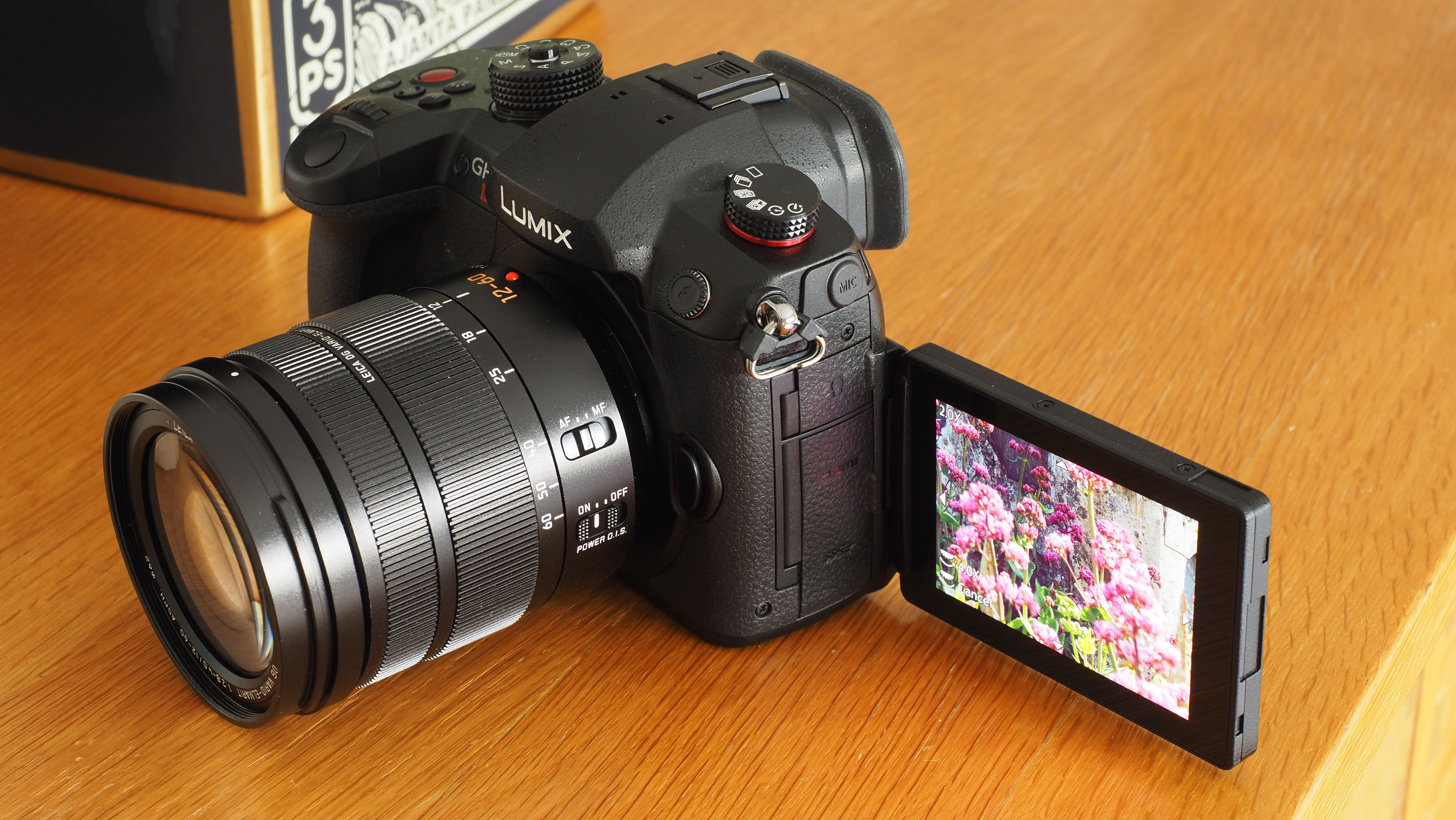Spark your creativity! Spin wire wool for captivating long-exposure low-light photography
Chris Aldred explains how a simple household item can help you shoot eye-catching urban scenes
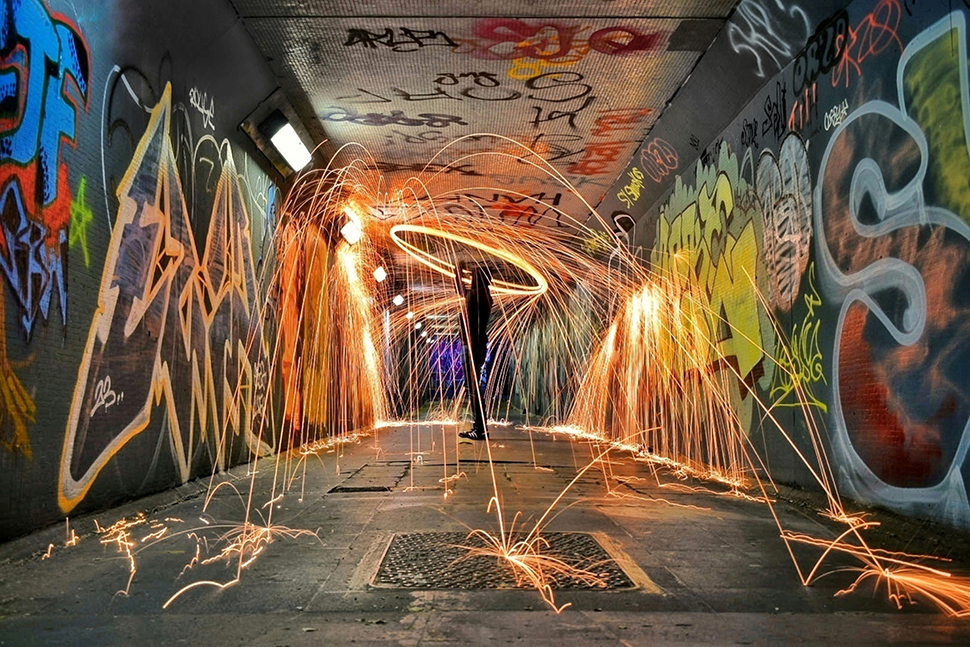
Inspired by the works of local photographers, street artists and architects in my home city of Bristol, photography has been a growing passion of mine ever since leaving school. Before setting up a shot I have in mind, I try to plan ahead as much as I can, often finding a few surprises along the way. For me, Bristol will always be a hub of creativity – I love the way the city offers a wide range of perspectives that many people walk past every day without thinking twice about.
Capturing something unique in what can be considered poorly lit areas has always been an interest of mine and steel wool spinning gave me the challenge I was looking for. You can’t capture the same image twice and sometimes it can take several attempts to create an image that I’ll eventually be satisfied with, tweaking a few settings and positioning different angles to suit the environment.
If you follow some basic safety principles and use your common sense, the process is both fun and safe. Using your imagination will also allow a range of new ideas to flow – such as changing the direction in which you spin the steel wool, which can yield some pretty interesting results.
Step by step: Shoot a low-light spectacle
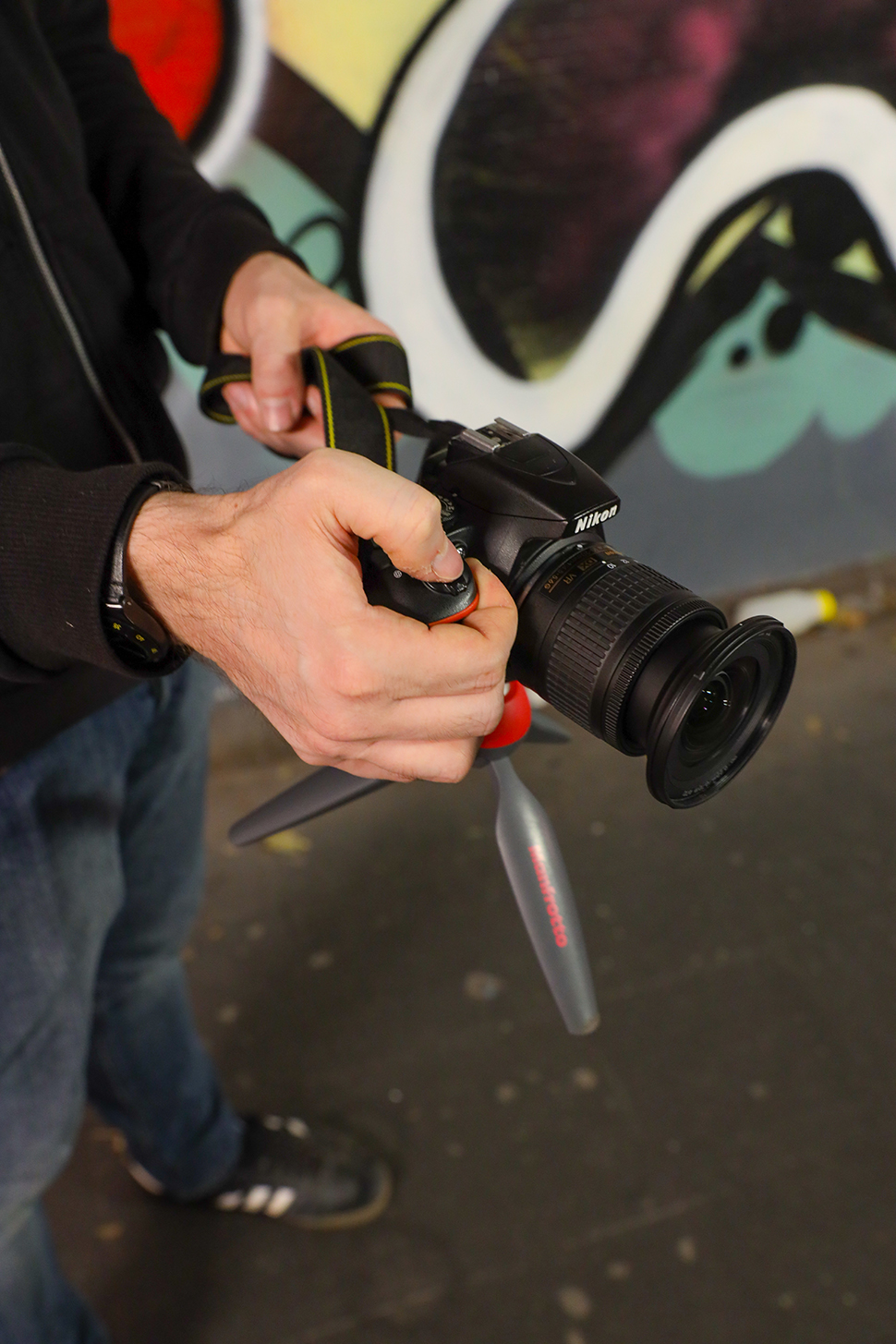
Stabilize the camera
I always shoot this technique with a Manfrotto Pixi mini tripod. It’s small and extremely strong, and it allows me to achieve the low angle that makes these shots stand out. Due to the required shutter speeds, it’s also impossible to shoot long exposures without some sort of camera support.
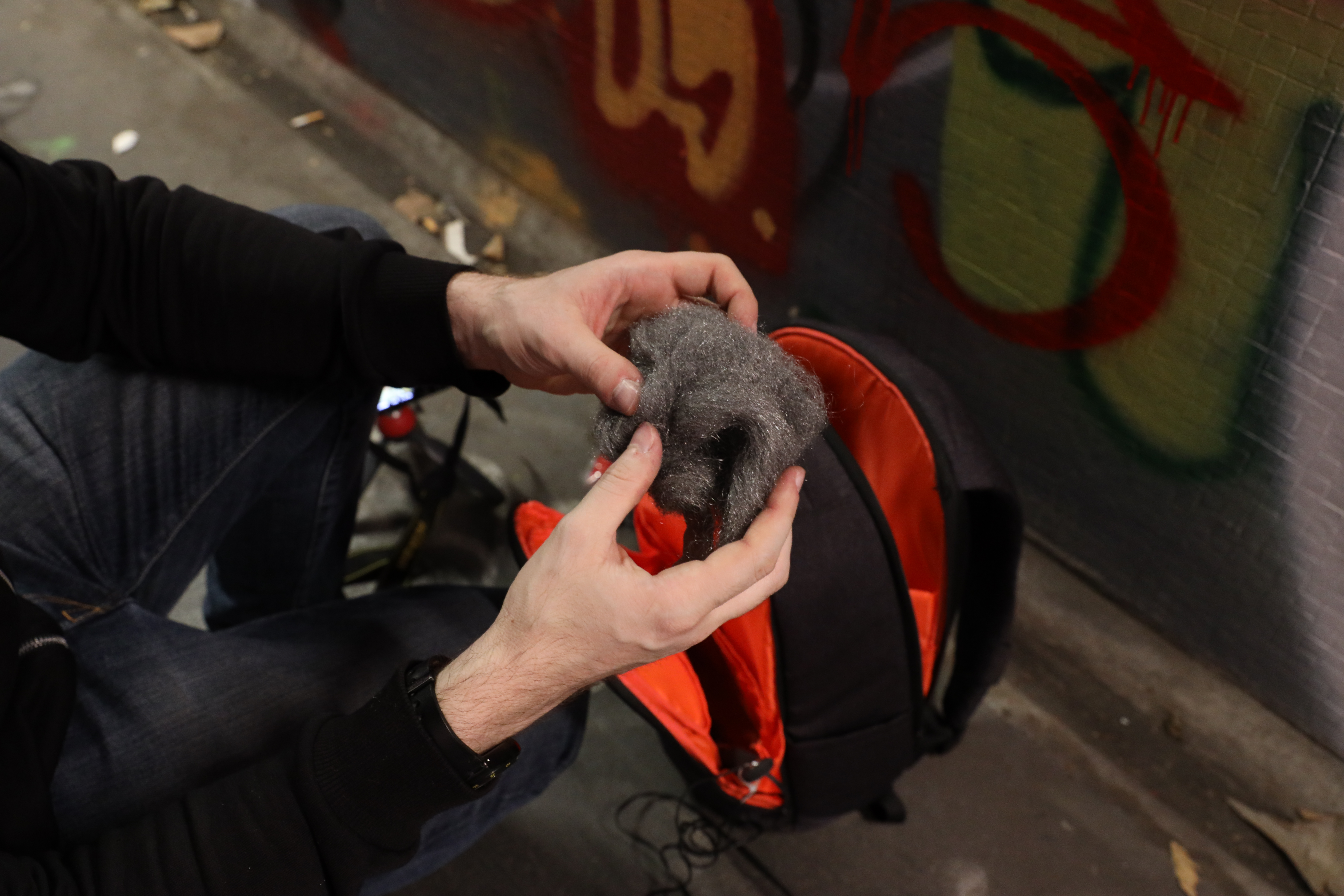
Prepare the wire wool
Steel wool is readily available from most hardware shops and is cheap to buy. To house the wool, I place it inside an ordinary kitchen whisk – I’ve found that it’s best to pull the wool apart before doing this, as this allows more air to get to the wool and create better sparks.
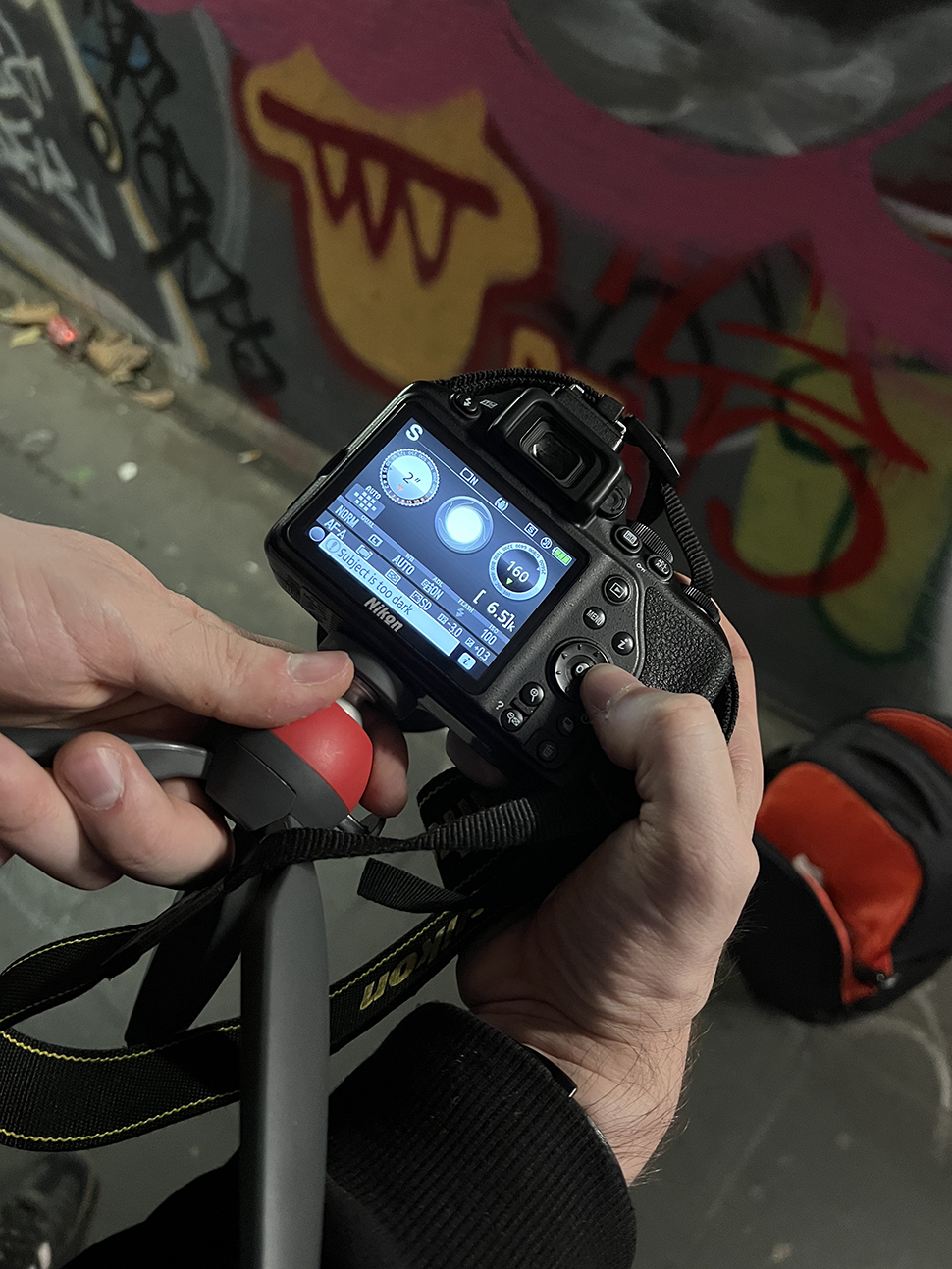
Dial in the shutter speed
The shutter speed is the most crucial setting to get right. Here, I used 1.3 sec. The next setting is to make sure you’re shooting in Auto ISO, as you can never guess how bright the sparks might be. Finally, to get the best optical performance from the lens, use an aperture of f/5 to f/8.
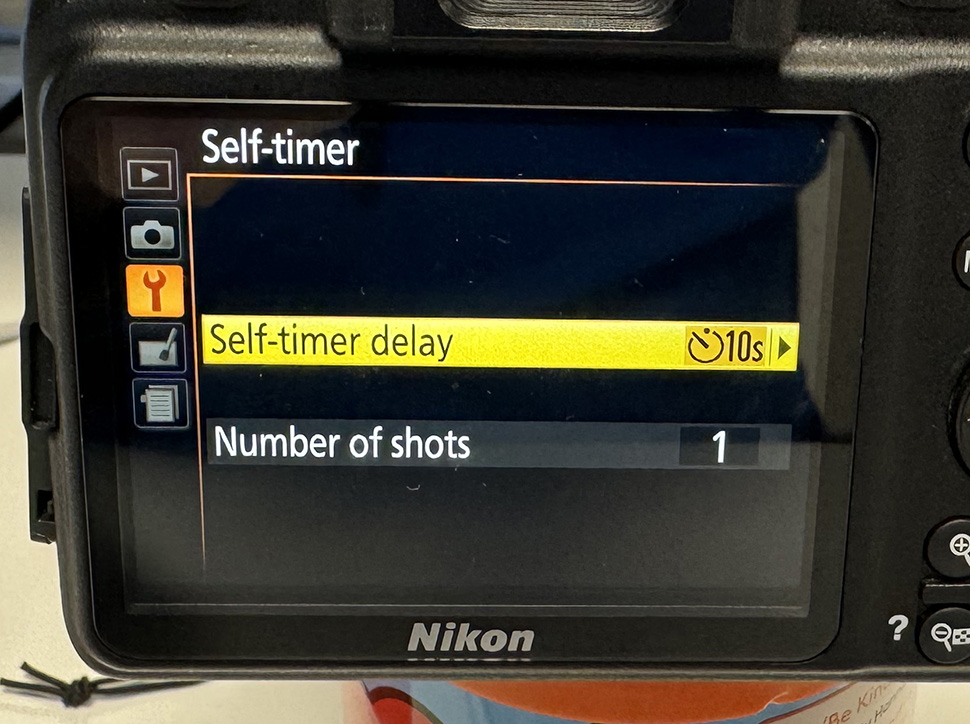
Set the camera’s self-timer
Placing your camera on a support and using the self-timer function will allow you to create these images on your own without having to rely on a friend to help. I set a 10-second timer, which is just enough time to get into position, light the wool and start spinning.
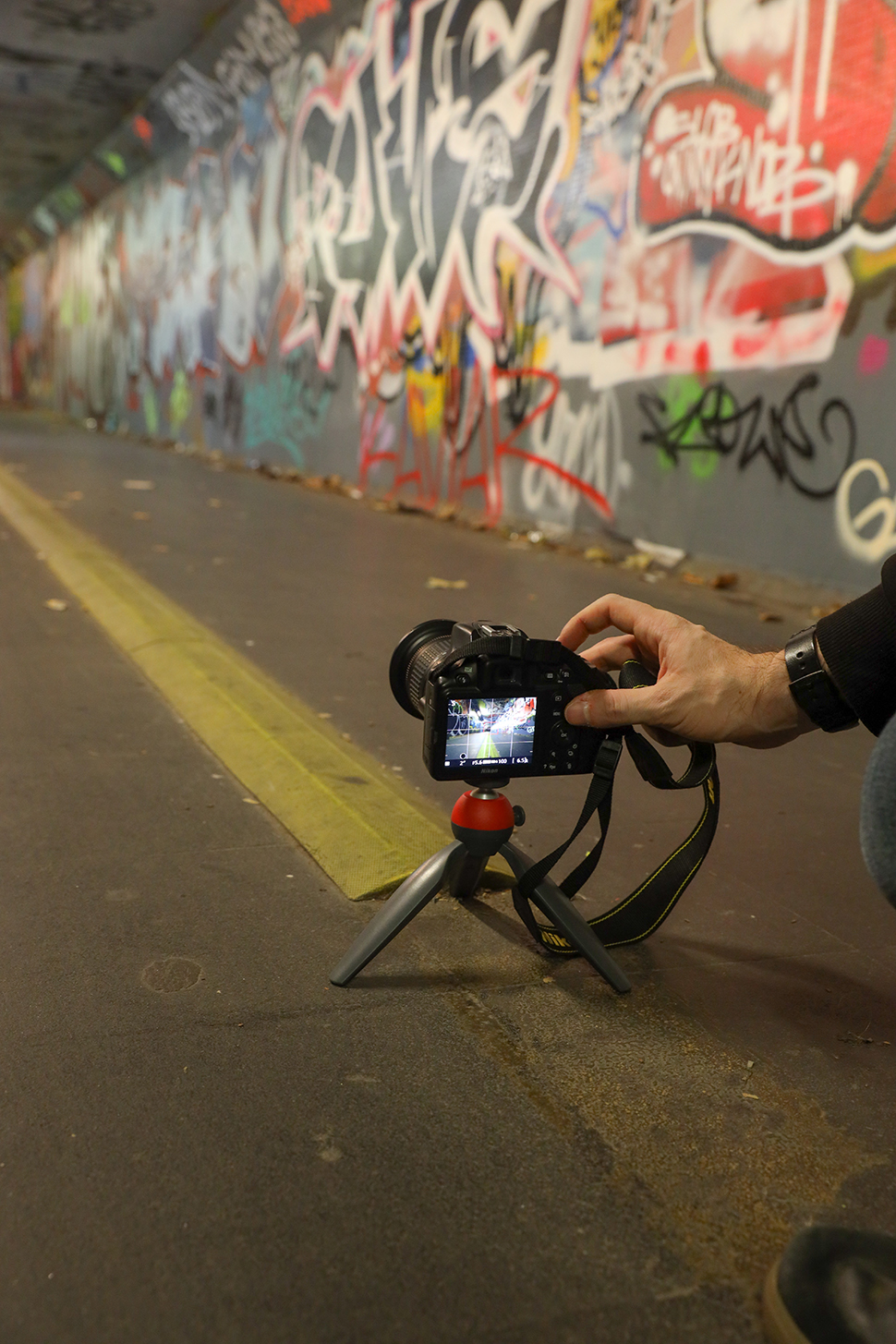
Frame up wide
Due to the experimental style of spinning steel wool, allow yourself a little breathing room by shooting with a wider composition than you think you’ll need. I use an AF-P DX Nikkor 10-20mm and, typically, will zoom out to 10mm to capture the spark trails as they fly off.
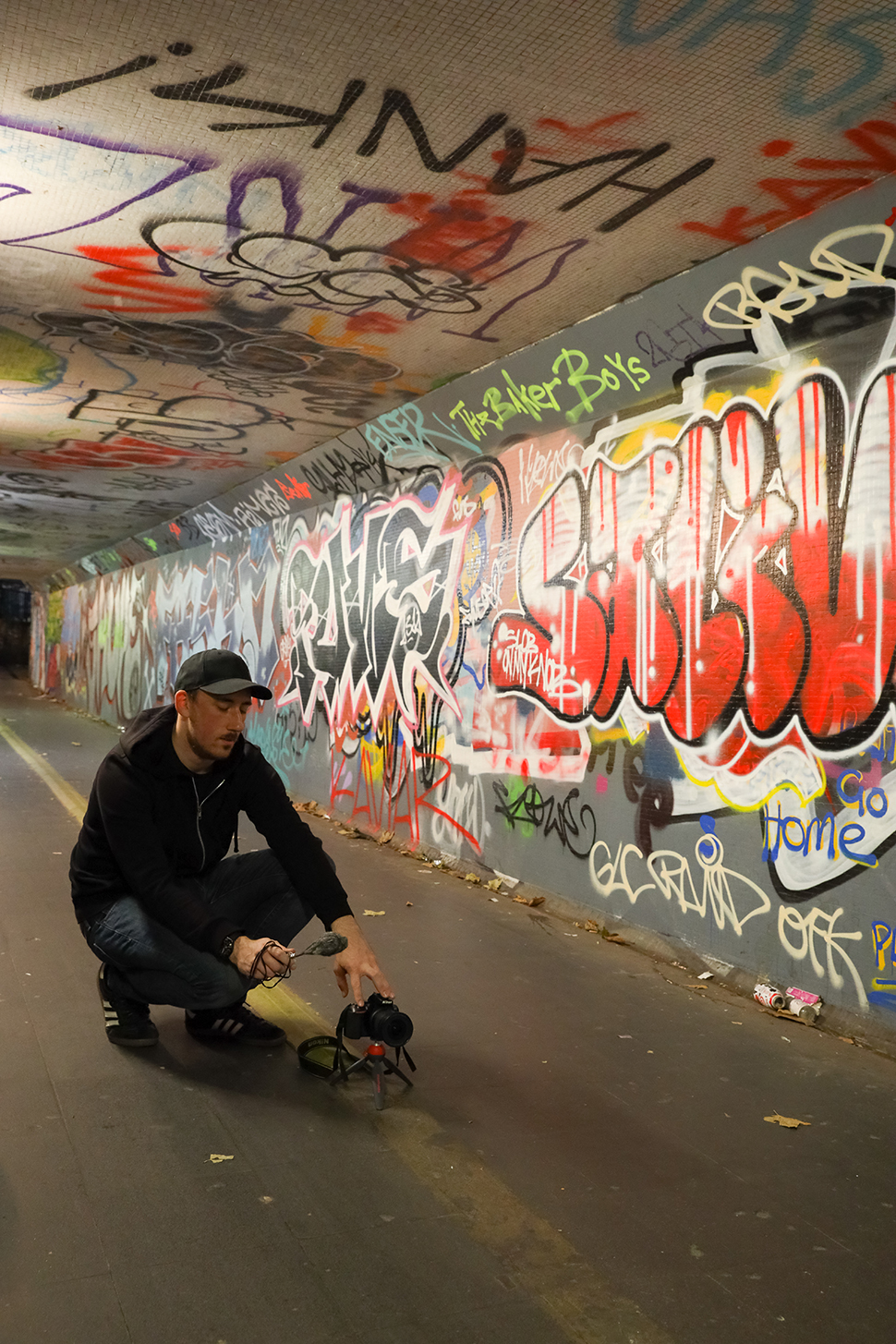
Start the exposure
For spinning it around me, the whisk is tethered to my wrist with a flexi cable. To start shooting, I’ll frame up, start the shutter’s self-timer, get into position and light the wool. Wearing a hat and a hoodie to keep any small sparks away from my face, I’ll start spinning the whisk.
Read more:
Get the Digital Camera World Newsletter
The best camera deals, reviews, product advice, and unmissable photography news, direct to your inbox!
The sister print publication to this website, Digital Camera Magazine is Britain's best-selling photography publication – and it can also be purchased outside the United Kingdom as Digital Camera World.
Digital Camera Magazine is packed with more expert advice and more inspirational images than any other title, with the sole aim of helping you become a better photographer. Every issue we also bring you a selection of great gifts which are designed to help you get more from your photography – everything from tips cards and cheat sheets to free software and bookazines.
In addition to inspirational images, interviews, projects, mini tests and tutorials, each issue is packed with news, reviews and comparisons, as well as photographer vs photographer shootouts and head-to-head challenges using the best photo editing software.
The magazine is captained by Editor Niall Hampton.

